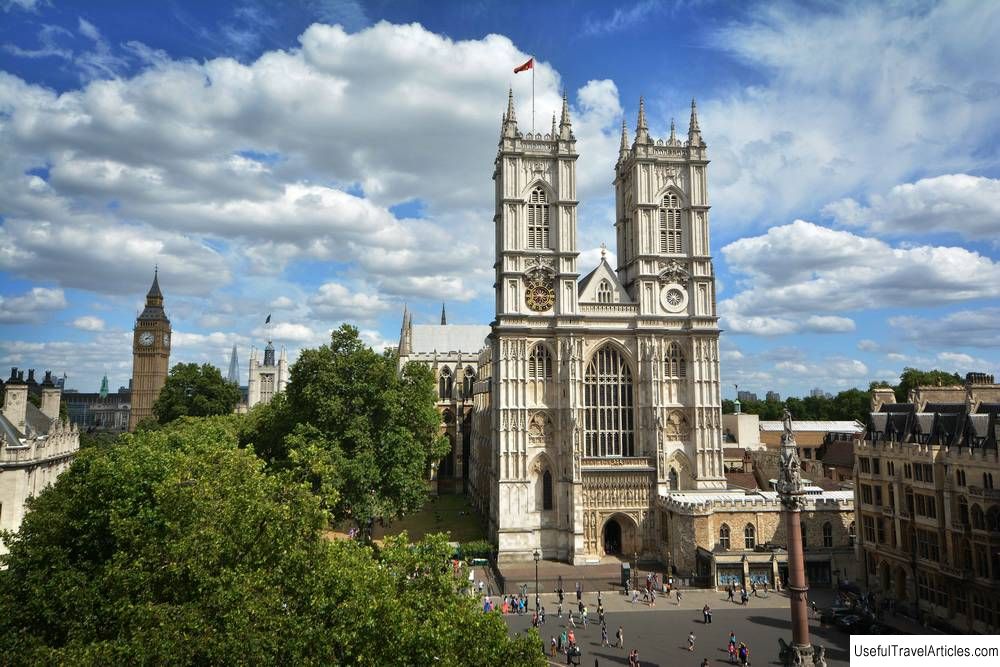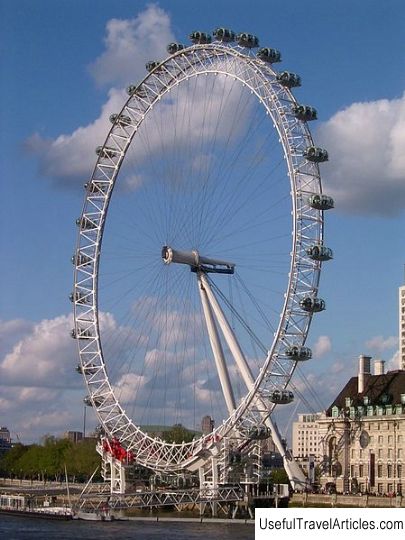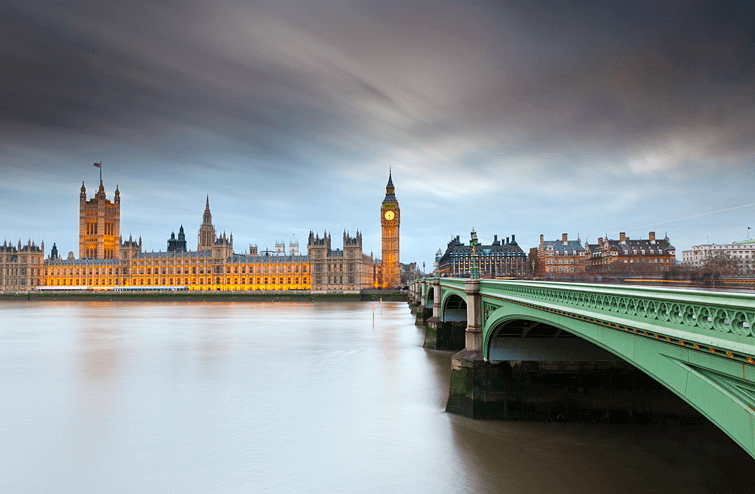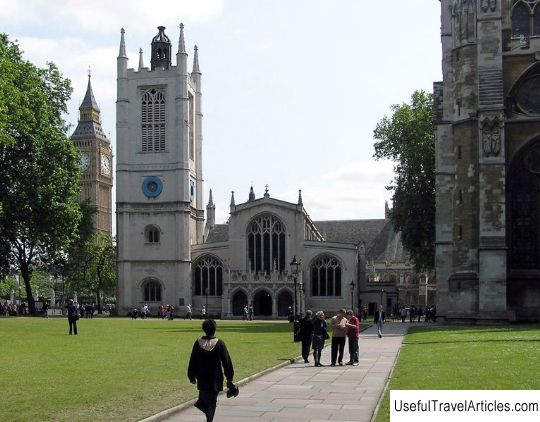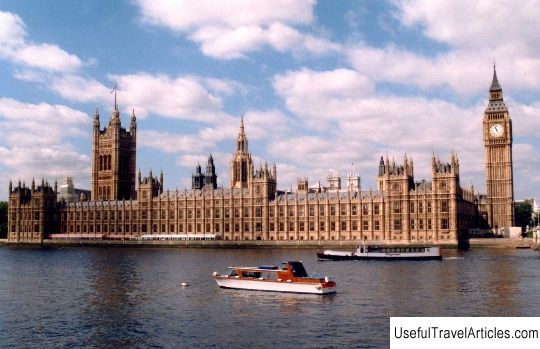Tower of London description and photos - Great Britain: London
Rating: 8,2/10 (7890 votes) 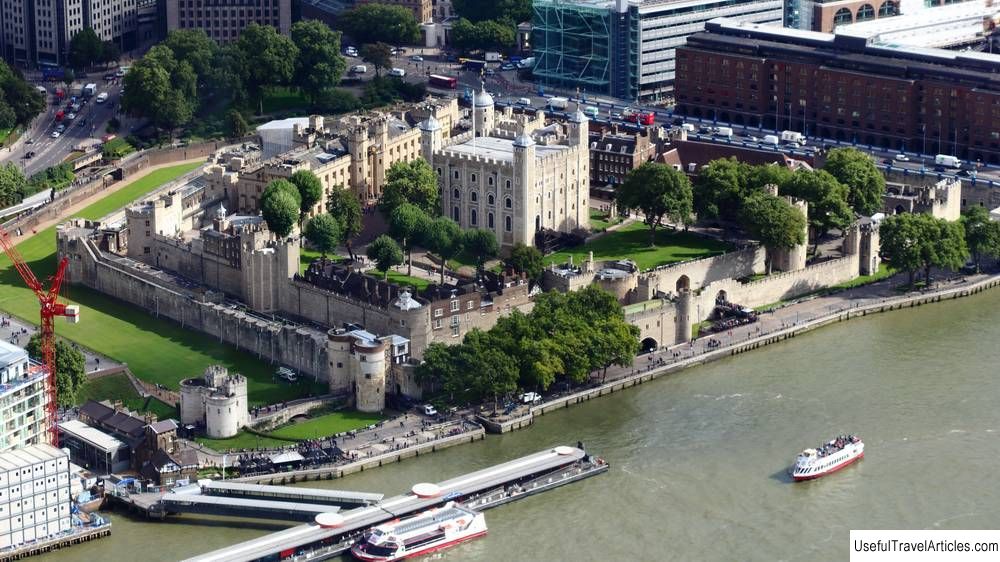
Tower of London description and photos - Great Britain: London. Detailed information about the attraction. Description, photographs and a map showing the nearest significant objects. The title in English is Tower of London. Photo and descriptionHer Majesty's Royal Palace and Fortress, or the Tower of London, is a historic castle on the north bank of the Thames in central London. William the Conqueror, Duke of Normandy, won a victory at the Battle of Hastings on October 14, 1066, but the Saxons defending London surrendered the city only in December of that year. From 1066 to 1087, William the Conqueror founded 36 castles and fortresses, which served as military fortifications, centers of the new administration, living quarters. Fortress of LondonAt that time London was the largest city in England, and Westminster Abbey and Westminster Palace, founded under Edward the Confessor, made London the administrative center. Moreover, London has always been one of the main ports. Considering all this, it becomes clear that the establishment of control over London was the first priority for Wilhelm. Two other London castles, Baynard and Monfichet, were founded at the same time. A third fortress - the one that would later become the Tower of London - was built near the river, on the remains of the Roman defensive walls. The castle was originally surrounded by a moat and a wooden palisade and most likely served as the residence of William. The Tower is one of the first Norman castles built in stone. The first was the White Tower, which gave the name to the entire fortress (“tower”). The dimensions of the Tower at the base are 36 by 32 meters, in height - 27 meters. It is one of the largest citadels in the world and the most perfect palace of the 11th century. The entrance to the tower is located at the level of the second floor, a wooden staircase led to it, which can be quickly removed in case of enemy attack. The first floor is reserved for warehouses, the tower has a well, a chapel, and, since the Tower was also intended for living, four fireplaces heat the inner halls. Under Richard the Lionheart, the construction of the outer row of the fortress walls begins. This wall was rebuilt and strengthened later, and four more were added to the nine original towers. The third row of walls appeared under Edward I. Prison, treasures, ghosts ...The Tower contained prisoners of noble birth and high rank, and its walls could tell many dark and terrible stories. Prisoners were last held in the Tower during World War II. As the country's main citadel, The Tower served and still serves as a storage place for royal regalia and jewelry. The treasury is open to the public, and tourists can see with their own eyes the largest cut diamond - the Cullinan, which crowns the royal scepter. The mint was also located here for a long time. Until 1835, the Tower was a royal menagerie that attracted many visitors; then the animals were transferred to the London Zoo. And of course, a castle with such a history cannot but be inhabited by ghosts. Most often they see Anne Boleyn, carrying her head under her arm, less often they meet Henry VI, Margaret Pole and Lady Jane Gray - the "queen for nine days." Beefeaters and Crows RoyalThe ceremonial guard of the Tower - "yeomen-guards" or "beefeaters" - are themselves a landmark of London and its calling card. They trace their history back to 1485, but now their duties are mainly in bearing the guard of honor and conducting tours of the Tower. In 1997, the first woman donned the famous red uniform with a white collar. "Beefeater" translates to "beef eater", but the guards themselves joke that the real "beef eaters" are the & oacute; Rons living in the Tower. Their diet includes raw meat. Legend has it that if the & oacute; Rones leave the Tower, the fortress and kingdom will fall. The feathers on one wing are trimmed to the birds to prevent them from flying away. Ravens are listed in the service of Her Majesty, each has a personal card, and the bird can be dismissed from service - for example, "For inappropriate behavior."           We also recommend reading Samokov women's monastery description and photos - Bulgaria: Samokov Topic: Tower of London description and photos - Great Britain: London. |
